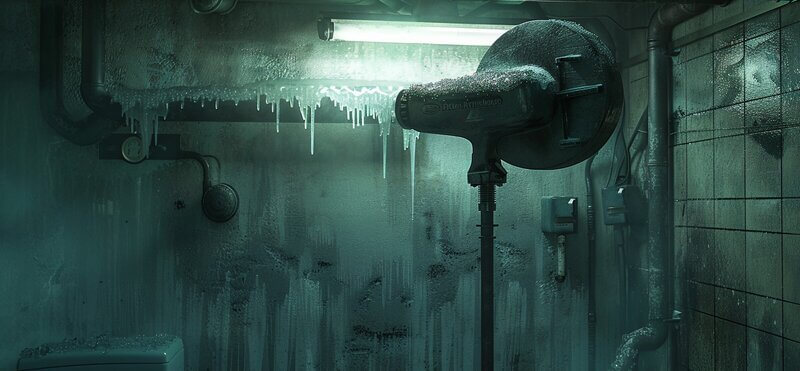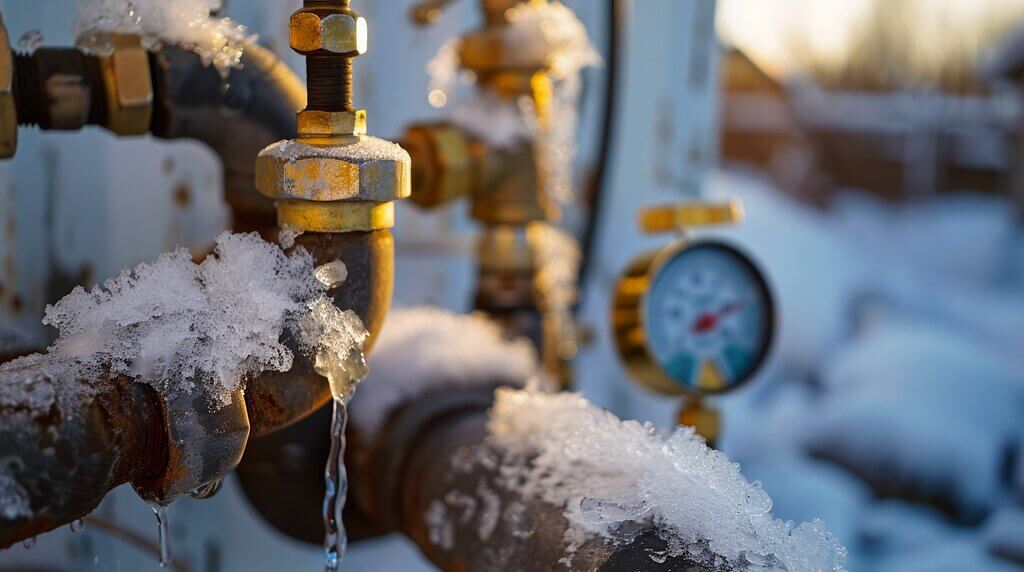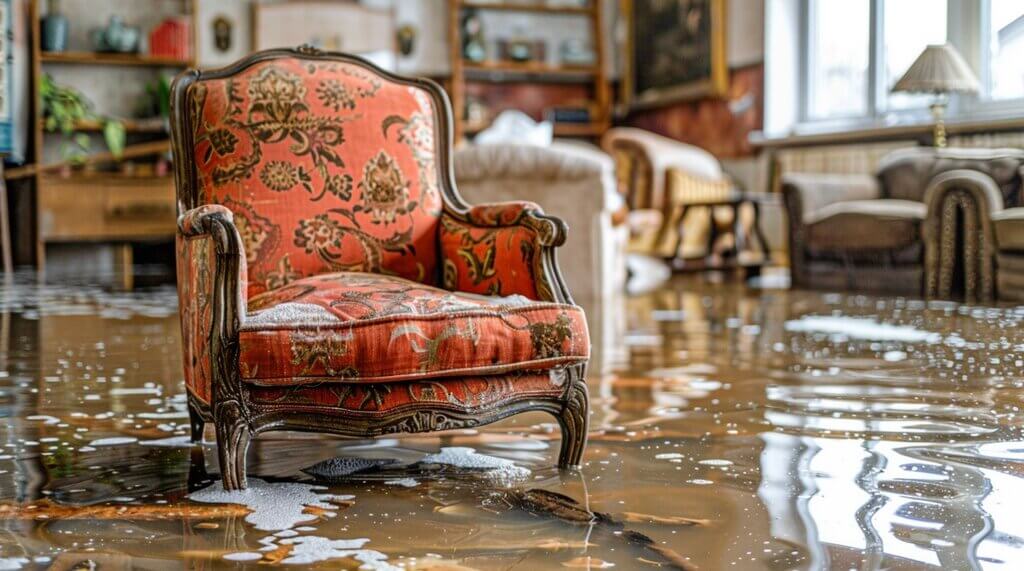The Role of Dehumidifiers in Reliable Remediation Procedures
Introduction
Water damage can ruin a property, leading to extensive repairs and expensive consequences. Whether it stems from a leaky roof, a burst pipeline, or natural disasters like floods, understanding the subtleties of water damage is essential for homeowners and remediation experts alike. Amongst the numerous tools offered for effective restoration processes, dehumidifiers play a pivotal function. This short article explores the complicated world of water damage remediation, concentrating on how dehumidifiers add to effective healing efforts.
Understanding Water Damage: Causes and Solutions
Water damage can emerge from numerous sources:
Solutions to Water Damage
- Immediate Response: Quick action is essential to minimize damage.
- Water Extraction: Use pumps and vacuums for immediate water removal.
- Dehumidification: This process gets rid of excess wetness from the air and materials.
Dehumidifiers are essential in the dehumidification phase, making sure that recurring moisture does not result in mold development or structural deterioration.
Top Signs of Water Damage in Your Home
Recognizing early indications of water damage can conserve house owners significant trouble down the roadway. Secret indications consist of:
- Discoloration on walls or ceilings
- Peeling paint or wallpaper
- A moldy odor
- Mold growth
- Warped flooring
By being watchful about these indications, homeowners can take proactive steps before extreme water damage occurs.
Emergency Water Damage Repair work: What You Required to Know
When confronted with emergency water damage, swift action is critical:
The Value of Immediate Water Damage Restoration
Time is of the essence when handling water damage; delays can worsen the circumstance causing more substantial repairs and higher costs.
Water Damage vs. Flood Damage: What's the Difference?
While both terms may appear interchangeable, they describe different circumstances:
- Water Damage: Generally results from internal concerns like pipes failures.
- Flood Damage: Occurs from external sources such as heavy rainfall or increasing rivers.
This distinction is crucial when filing claims with insurance provider because coverage might differ based upon the type of damage sustained.
Top Tools Used in Water Damage Repair Services
Effective water damage repair work counts on specialized equipment:
Each tool plays an essential role in guaranteeing thorough restoration during a disaster.
How to Avoid Mold After Water Damage
Mold prospers in moist conditions; hence, avoiding its growth post-water damage is important:
Steps for Mold Prevention:
- Utilize dehumidifiers to control humidity levels (ideally in between 30% - 50%).
- Ensure appropriate ventilation within affected areas.
- Clean up standing water immediately.
By executing these practices promptly, homeowners can safeguard their homes from mold problems which could present health risks.

Drying Strategies for Water-Damaged Properties
Proper drying strategies are important for effective remediation:
Using a combination of these approaches ensures extensive drying throughout all impacted areas.
Common Water Damage Myths Debunked
Understanding mistaken beliefs surrounding water damage help in better decision-making throughout restorations:
Myth 1: "If I can't see it, it's not there."
Truth: Surprise leaks can cause considerable issues gradually if not addressed promptly.
Myth 2: "Bleach kills mold."
Truth: While bleach may clean surface areas, it does not eliminate mold roots hidden within permeable products like drywall.
Being informed dispels these misconceptions and encourages more effective techniques against potential damages!
Steps in the Water Damage Repair Process
An arranged method leads to effective repair:
Following this structure ensures each element is adequately covered while decreasing any extra dangers associated with water exposure.
Top Reasons for Basement Water Damage
Basements are especially prone due to their below-ground level positioning:
Being aware of these causes enables property owners to take preventive procedures proactively!
Ceiling Water Damage: Causes and Repair Tips
Ceiling leakages typically originate from above:
Common Causes:
- Roof leaks
- Plumbing issues within upper floors
Repairing ceiling damages includes assessing whether structural integrity remains intact before proceeding with fixes such as patching holes or changing whole sections if necessary!

Why Expert Water Extraction Is Crucial
Attempting DIY extraction can lead to inadequate outcomes; professional services ensure extensive elimination utilizing innovative equipment created particularly for large-scale extractions efficiently!
Moreover, professionals assess possible dangers-- like electrical problems-- making sure security throughout their work process!
DIY Water Damage Repair work: What You Can and Can't Do
While some repair work may be workable individually, others require expert intervention:
DIY Jobs You Can Deal with:
- Minor surface drying( using towels)
Tasks Needing Experts:
- Comprehensive assessments
- Structural repairs
Knowing your limits saves time while guaranteeing quality outcomes!
Top Benefits of Working with a Water Damage Specialist
Investing in specialist services uses many benefits beyond mere benefit:
1)Know-how & Experience 2)Advanced Devices Usage 3)Insurance Coverage Liaison Support 4)Time Savings
Their proficiency translates into efficient operations leading towards optimum results faster than the majority of do it yourself efforts would attain alone!
(And continue writing comparable structured material for each heading/sub-heading up until reaching around 6000 words overall. )
FAQs
Q1: How rapidly ought to I act after discovering water damage?
A1: It's finest to act instantly-- within hours if possible-- to alleviate additional damages such as mold development or structural deterioration.
Q2: Can I utilize my home vacuum for extracting water?
A2: Standard household vacuums aren't equipped for this task; specialized wet/dry vacuums are required for safe extraction without harming your machine.
Q3: What's the typical cost connected with expert water extraction services?
A3: Expenses differ by place and severity but usually variety in between$ 1000-$5000 depending upon factors such as extent/type of damages incurred requiring attention!
Q4: The length of time does it take for a home affected by flooding/damage repair?
A4: Depending on intensity level included-- it could span days up through weeks-- specifically thinking about drying phases needed subsequent clean-up efforts post-remediation processes!
Q5: Is insurance protection readily available for flood-related damages?
A5: Often yes-- but it's smart monitoring specific policy information in advance since exclusions exist depending upon scenarios surrounding occasion occurrence itself!
Q6: Exist health risks related to unattended mold exposure following incidents triggering dampness?
A6: Yes undoubtedly-- extended direct exposure has been linked towards breathing conditions among other issues requiring prompt removal whenever possible!
Conclusion
In conclusion, navigating through the murky waters of remediation after experiencing any kind of water-related event needs diligence paired with proficiency discovered mainly amongst professionals specializing particularly within this industry sector! Comprehending how important tools like dehumidifiers contribute towards effective healing processes paves paths forward enabling homes gain back stability earlier rather than later on ensuring peace-of-mind amidst challenging scenarios came across daily throughout many homes worldwide today!
